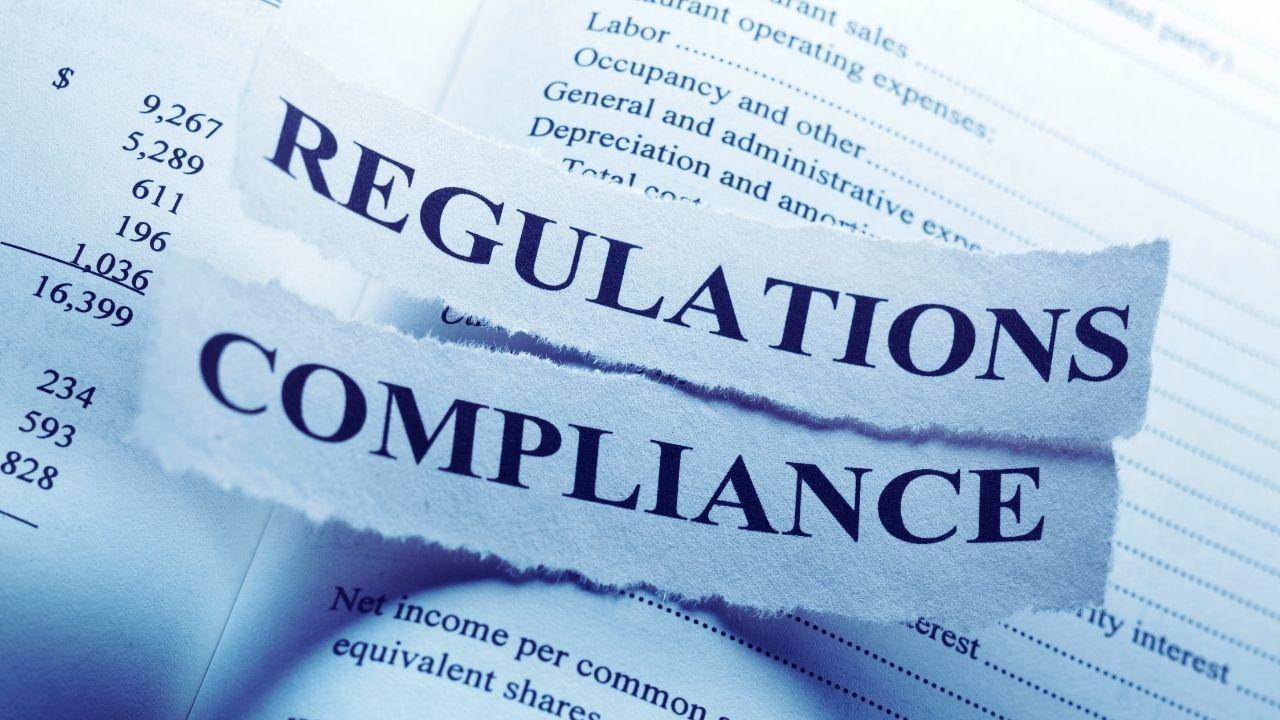
Post by : Anees Nasser
In recent years, generative-AI tools have evolved from a novelty to an integral part of the creative landscape. The capacity to generate images, voiceovers, and even full videos has transformed the concept of authorship, but the legal frameworks surrounding ownership and compensation have struggled to keep up. By 2025, critical questions arise: who truly owns the content, how do creators earn revenue, and what protections exist against unauthorized reproductions?
Synthetic media comprises various types of content, including images, videos, and audio generated by algorithms or AI. While the potential for creativity is vast, essential questions persist:
If an AI produces new artwork from thousands of prior works, who holds the rights?
When a voice simulation of an artist performs original material, what entitlements does the artist retain?
If a text generator references public content, does the resultant text qualify as original work?
These challenges directly affect creators' livelihoods and challenge the concepts of creative labor.
Many artists, writers, musicians, and other creators voice increasing frustration that their original works are often utilized without their consent to train AI systems, leading to competition with their own creations. Notably:
The music sector has reported a surge in AI-generated songs mimicking prominent artists. Financial Times+1
European rights-holders are criticizing AI companies for taking content without authorization. Le Monde.fr
This shift has left creators feeling powerless over their works and the new derivatives that emerge.
Traditionally, copyright law safeguards original works produced by human authors. However, generative AI poses several legal dilemmas:
Many AI outputs may not achieve copyright protection due to the lack of significant human creative input. A&O Shearman+1
Using copyrighted materials to train AI models without authorization exposes companies to lawsuits, as evidenced by recent legal actions against image-generating enterprises. AP News
Countries like India are enacting laws requiring clear labeling of synthetic content and verifying its origins. Hindustan Times+1
The legal landscape struggles to keep pace with fast-moving technology.
In a conventional context, the flow is: creator → rights-holder → license → payment.
In the new synthetic-media environment, the dynamic evolves to: model-maker → user-input → output → distribution → ?
Critical gaps include:
Tracking and Metadata: Difficulty in assigning rights arises without clear origin tracking. Global institutions, including WIPO, are deliberating on this. WIPO
Consent Novelties: When a real individual's voice or image is used without agreement, rights are at stake. The UK case of UNION-actor (2025) highlights urgent implications. The Guardian
Revenue Distribution: If a synthetic creation generates income, who receives compensation? The original creator, the user, or the platform?
The definitions of creative value are rapidly transforming.
The emergence of platforms offering AI-generated services is reshaping power dynamics. They:
Provide services like “clone-your-voice” and “clone-your-video”.
Facilitate pipelines from prompts to assets.
Aggregate user data and oversee content distribution.
Such changes may reduce creative autonomy, shifting the paradigm from “you create → you own” to “machine creates → you manage or withdraw.”
For media outlets, this evolution means they must adjust strategies:
Licenses should encompass not only distribution but also training and synthetic output.
Business models need to anticipate competition from synthetic versions.
Creative distinction will be vital for maintaining a strategic advantage.
The Ministry of Electronics and Information Technology (MeitY) proposes amendments (2025) requiring social platforms to disclose synthetic content clearly, ensuring technical verification is implemented. Mondaq+1
Proposed rules define synthetic content as algorithmically altered material that appears authentic, demanding visible indicators like a 10% display area for documentation. Hindustan Times
The WIPO conference on “IP & Synthetic Media” (Oct 2025) gathered international stakeholders discussing necessary adaptations in IP systems. WIPO
In the UK and US, unions of creators threaten direct actions regarding the use of actors’ likenesses in synthetic productions. The Guardian
Studios including Disney and Universal Pictures have initiated lawsuits against AI-image companies citing copyright infringement on character usage. AP News
These developments indicate a rapid increase in regulation, legal disputes, and creator advocacy—though the systems are still catching up.
For everyone in the creative sector, including journalists and media companies, essential strategies include:
Review Your Licenses
Does your agreement encompass “model-training usage” and derivative rights?
Are you unintentionally giving away “machine-use rights”?
Monitor Metadata and Ownership
Add metadata concerning authorship and usage limits.
Utilize tools that offer traceability from synthetic outputs to original inputs.
Utilize Watermarks and Labels
Collaborate with services supporting explicit synthetic-content labeling.
Clearly identify if content is original, synthetic, or partially synthetic.
Secure Voice and Likeness Rights
Actors and performers should ensure rights negotiating for voice simulations and likenesses.
Regularly monitor platforms for any unauthorized uses.
Differentiate Through Distinctive Creativity
While machines can replicate style, human voices and nuances remain irreplaceable.
Focus on content that showcases your unique voice rather than solely generative outputs.
Stay Updated on Regulations
Legal frameworks, particularly in India, are evolving—monitor platforms for new guidelines.
Participate in policy discussions whenever possible.
Adapt Business Models
Consider subscription and licensing models tailored for your intellectual property.
Contemplate strategies to monetize brand presence amidst widespread synthetic replicas.
Uncontrolled Cloning: Excessive reproductions without compensation could cripple creators’ revenues.
Loss of Authenticity: Audiences might distrust uncategorized synthetic materials, risking publication credibility.
Legal Disparities: Varied regulations across jurisdictions complicate enforcement efforts.
Pace of Value Reduction: The influx of inexpensive synthetic content could lead to a decline in valuation of original creative work.
Bias and Legal Risks in Data Usage: AI systems could perpetuate biases, raising reputational and legal issues.
Enforced Metadata Requirements: Synthetic content will need to include detailed creation records—origin, algorithm, training data, and licensing status.
Visible Labelling as Trust Indicators: Platforms will mandate visible identifiers stating content created or altered by AI.
Licensing Accountability: Licenses will incorporate origins of input datasets and rights for derivative outcomes.
Creator-Centric Business Models: AI and platform services will need to adopt frameworks that benefit original creators.
Unique Creative Value: As AI-generated replication proliferates, the human elements of context and creativity will become increasingly valuable.
The rise of synthetic media is not about machines replacing creators, but about evolving regulations around ownership and value. Creators now find themselves in a complex ecosystem where AI interacts with traditional intellectual property standards. For artists, writers, and media organizations, this presents both risks and opportunities. Utilizing these innovations while advocating for transparency and rights is key. While replicas may mimic your creative expression, the nuance, context, and storytelling only a human can provide remain irreplaceable.
In this evolving landscape, machines generate, but human authorship must prevail.
And the regulations are finally starting to adapt.





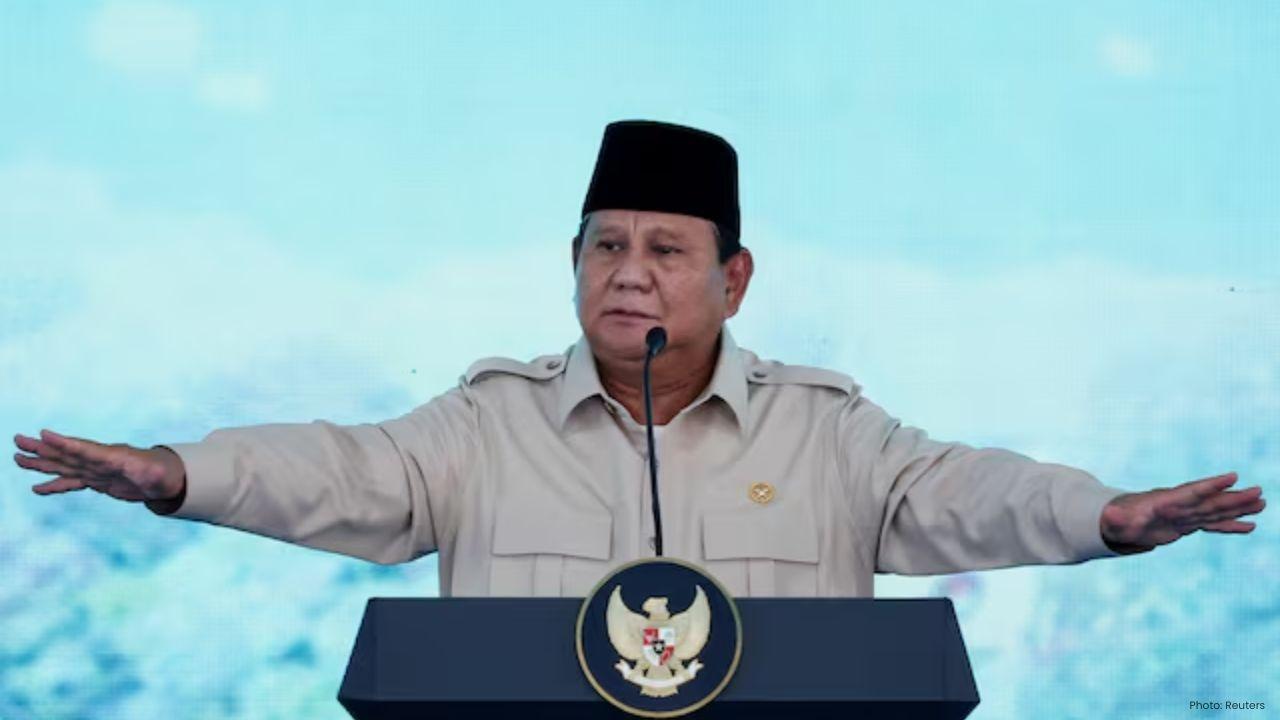
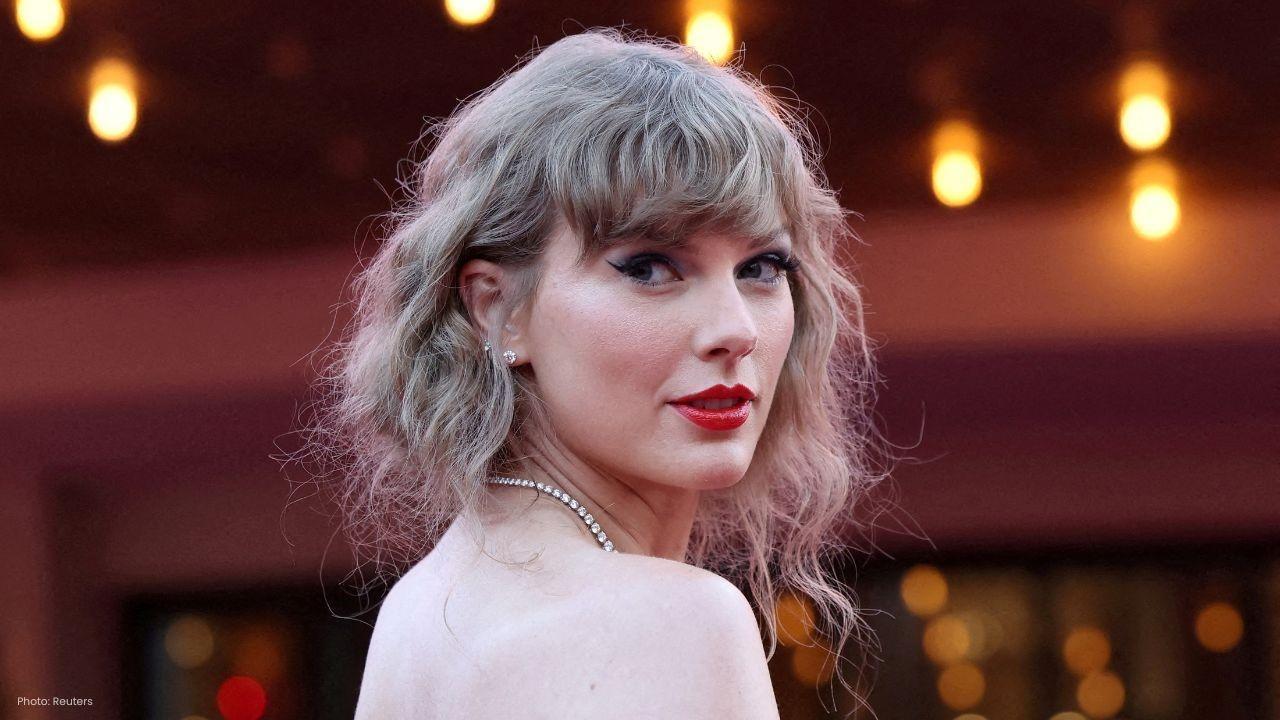

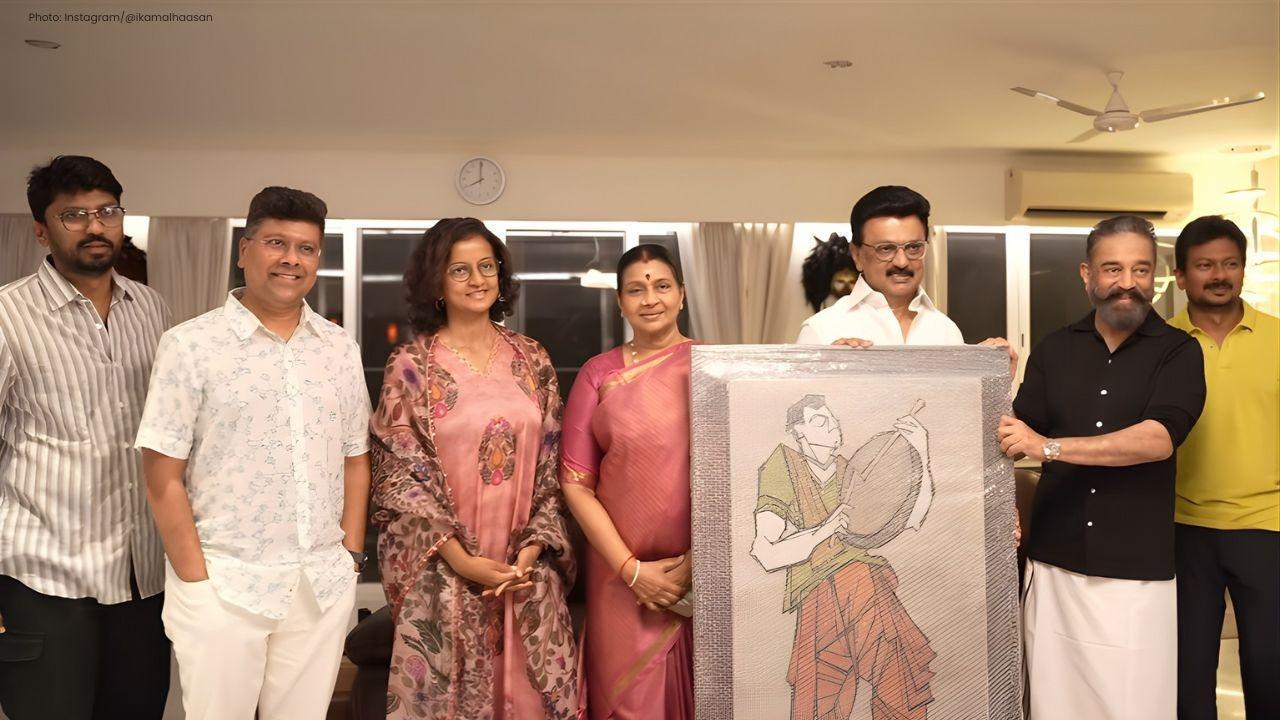

Paramount+ Wins Five-Year Deal to Stream PBR’s 'Unleash the Beast'
Paramount+ has inked a five-year streaming agreement to carry PBR's Unleash the Beast live from Dece

Zohran Mamdani's Historic NYC Win Marked by Bollywood Finale
Zohran Mamdani captured the New York mayoralty — the city's first Muslim and South Asian mayor — and
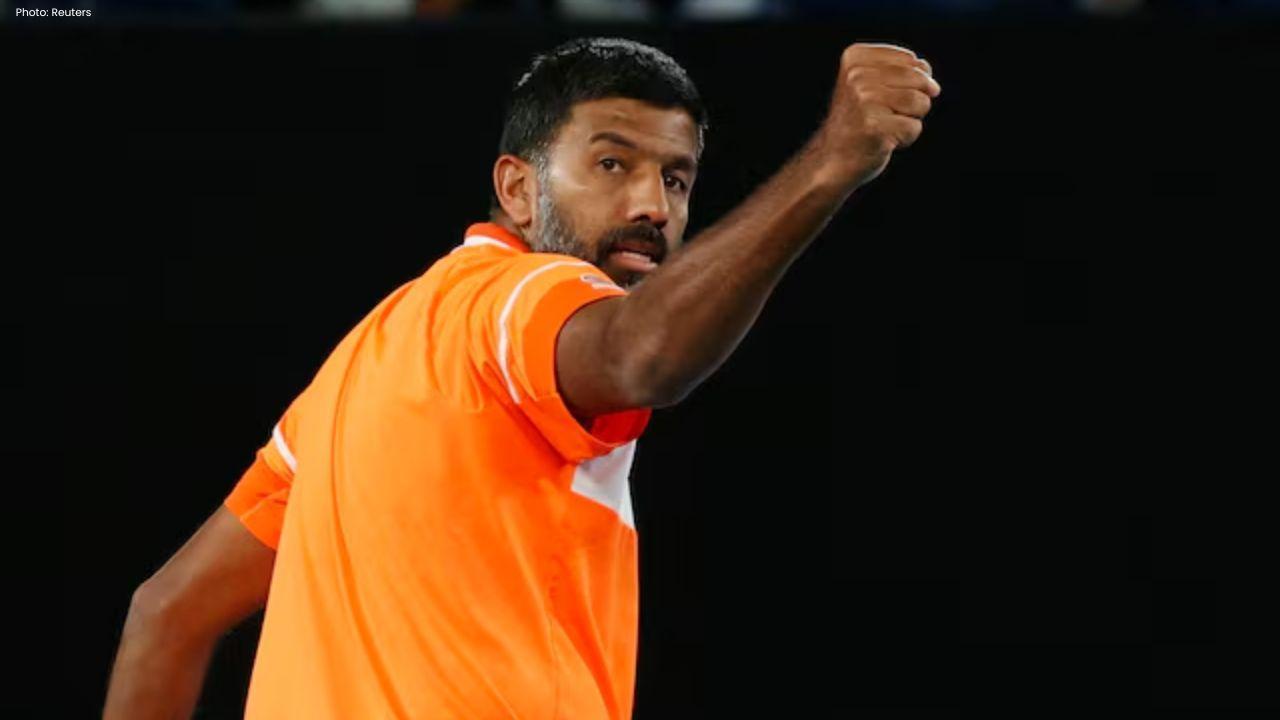
Indian Tennis Veteran Rohan Bopanna Ends Illustrious Career
Rohan Bopanna retires from tennis at 45 after winning two Grand Slams, becoming world number one, an

Babar Azam Becomes Top Run Scorer In T20I Cricket History
Pakistan’s Babar Azam has overtaken India’s Rohit Sharma to become the highest run-scorer in men’s T

BTS Comeback 2026 Group Plans Biggest-Ever Global Tour
BTS is set for a long-awaited comeback in 2026, followed by a massive 65-city world tour. Fans hope

India Stuns Australia to Reach Women’s World Cup Final
India shocked seven-time champions Australia in the Women’s World Cup semi-final, chasing 339 runs w